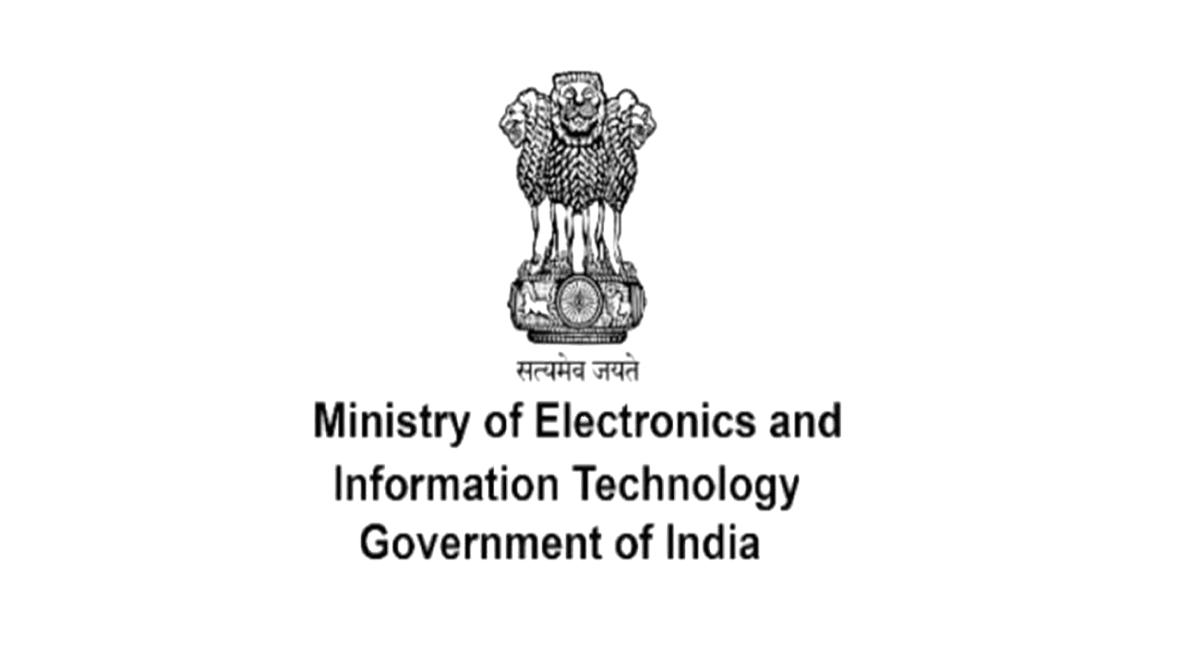ENVIRONMENTAL TESTING FACILITES
Lahari’s environmental testing facilities is one of the India’s largest facilities that includes environmental chambers of 32/64 CFT volume from -70° C to 180° C and 10% to 98% RH with ramp rate of 15° C per min in 32 CFT volume chamber & 5° C per min in 64 CFT volume. It’s also have one walk-in chamber of 1200 CFT volume having range of -70° C to 180° C.
We are also having unique Combined Altitude Temperature and Humidity (CATH) test chamber with specification of -70° C to 180° C, 15-95% RH having altitude of 1 Lakh feet ≈ 30 Km ≈ 10mbar pressure and high pressure Upto 2 bar at ambient temp with ramp rate of 7° C per min.
To ensure your product’s longevity in the market, it is important to identify and address potential weaknesses early on. This can be achieved by conducting reliability testing of your product at Lahari.
Low Air Pressure Test / Altitude Test
Altitude testing, also known as low-pressure testing, is a process that simulates the reduced air pressure experienced at higher altitudes to assess the effect on your product or packaging system’s performance.
STD: DO 160 G, IEC 60068-2-13, IEC 60068-2-39, IS 9000 Part 13, ISO 2873, JSS 55555, MIL STD 202H, MIL-STD-810 F,G,H, QM 333, SAE J1455
Range: -70° C to 70° C/ 10 mbar to 930 mbar


Cold Test / Low Temperature Test
A cold test is a crucial process where products are tested under low-temperature conditions to ensure reliability and performance in harsh climates.
STD: DO 160G, EN 300-019-2-1, EN 300-019-2-2, EN 300-019-2-3, EN 300-019-2-4, IEC 60068-2-1, IEC 60571, IEC 60945, ISO 16750-4,JSS 55555,MIL-STD-810 F,G,H, QM 333 and SAE J1455
Range: -70° C to 25° C
Temperature & Humidity Test
Temperature and humidity testing is a process that determines product will perform in harsh environments involving high temperatures and fluctuating relative humidity levels.
STD: IEC 60068-2-38, Test Z/AD
Range: Upto 100° C/ Upto 95% RH


Damp Heat (Cyclic) Test
This test is used to determine the suitability of components, equipment, or other articles for use, transportation, and storage under conditions of high humidity combined with cyclic temperature changes.
STD: DO 160G, EN 300-019-2-1, EN 300-019-2-2, EN 300-019-2-3, EN 300-019-2-4, IEC 60068-2-30, IEC 60571, IS 9000-5-1, ISO 16750-4,MIL-STD-810 F,G,H, IEC 60945, QM 333 and SAE J1455
Range: Upto 100° C/ Upto 95% RH
Damp Heat (Steady State) Test
The Damp Heat, Steady State Test is a test that measures the performance and dependability of electrical and electronic equipment when exposed to high humidity and elevated temperatures for an extended period of time. The purpose of this test is to determine whether the equipment can function in such an environment without becoming significantly damaged or deteriorated.
STD: EN 300-019-2-1, EN 300-019-2-2, EN 300-019-2-3, EN 300-019-2-4, IEC 60068-2-78, IS 9000 Part 4, ISO 16750-4, JSS 55555, MIL STD 202H, MIL-STD-810 F,G,H, QM 333
Range: Upto 100° C/ Upto 95% RH


Dry Heat Test
Dry heat is a fundamental test type used for development, quality assurance, and reliability tests. This test is used to determine the suitability of products and/or components for transportation, storage, and use under conditions of high temperature.
STD: DO 160G, EN 300-019-2-1, EN 300-019-2-2, EN 300-019-2-3, EN 300-019-2-4, IEC 60068-2-2, IEC 60571, IS 9000-3-1 to 5, ISO 16750-4, JSS 55555, MIL STD 202H, MIL-STD-810 F,G,H, IEC 60945, QM 333 and SAE J1455
Range: Upto 300° C
HALT & HASS
HALT (Highly Accelerated Life Testing) and HASS (Highly Accelerated Stress Screening) for evaluating product reliability of all industries. Through HALT, the temperature and vibrations are raised for hostile testing for critical areas like aircraft. Through this testing, the simulation helps in eliminating any chance of failure.
This testing is being used by major manufacturing and R&D organisations to improve product reliability.
Combined Temp and Vibration: -100 C to +200 C with Ramp Rate of 70 deg/m
Vibration: 6 degree


Thermal Shock
The thermal shock test is an accelerated test that identifies failure modes caused by rapid temperature changes.
STD: DO 160G, IEC 60068-2-14, IEC 60945,ISO 16750-4, JSS 55555, MIL STD 202H, MIL-STD-810 F,G,H, , QM 333 and SAE J1455
Range: -40 °C to 130 °C
Protection against penetration of dust & water
The IP code or ingress protection code indicates how well a device is protected against water and dust.
STD:IEC 60529,IEC 60034-5, ISO 20653
Range: IP X1 to IP X9k and 1X to IP 6X


Tropical Exposure Test
The Tropical Exposure test is a type of humidity test that helps determine the corrosion rates in materials. The test involves exposing the material/product to various environmental factors such as temperature and humidity.
STD: JSS 55555, QM 333
Range: Upto 100 °C and 95% RH
Temperature Cycling Test
The Temperature cycling test is an environmental stress test that involves cycling through two temperature extremes at relatively high rates of change.
STD: DO 160G, EN 300 019-2-1, EN 300-019-2-2, EN 300-019-2-3, EN 300-019-2-4, IEC 60068-2-14, ISO 16750-4, QM 333 and SAE J1455
Range: -40 °C to 130°C


Corrosion (salt mist) Test
Salt spray testing is a corrosion test that is used to evaluate the effectiveness of a coating as a protective finish. The test involves exposing coated samples to a high-saline environment that produces a corrosive attack on the samples. The appearance of corrosion products (rust or other oxides) is then evaluated after a pre-determined period of time.
STD: IEC 60945, ASTM B117, RTCA DO 160 G, EN 300 019-2-4, IEC 60068-2-11, IEC 60068-2-52, IEC 60571, IS 9000-11, ISO 14993, ISO 16750-4, ISO 9227, JSS 55555, MIL PRF 28800F, MIL STD 202H, MIL-STD-810 F,G,H, , QM 333 and SAE J1455
Range: Salt Spray Test Chamber Dimensions: 1350mm x 850mm x 750mm
Mechanical Shock Test
Mechanical shock testing is a type of environmental stress test that helps determine whether a device can remain functional when subjected to sudden, abrupt motion changes.
STD: DO 160G, EN 300-019-2-3, EN 300-019-2-4, IEC 60068-2-27, IEC 60255-21-2, IEC 60571, IEC 61373, IS 9000-7,ISO 16750-3, JSS 55555, MIL PRF 28800F, MIL STD 202H, MIL-STD-810 H
Range: Shock force upto 10000 kgf
wave forms: Half-sine, trapezoidal, initial peak saw tooth, term peak saw tooth, rectangle, haversine


Vibration Test
Vibration test identifies issues from consistent vibration, a shock test assesses a structure’s ability to withstand a short burst of energy.
STD: DO 160G, EN 300-019-2-1 to 4, IEC 60068-2-6, IEC 60068-2-64, IEC 60068-2-80, IEC 60255-21-1, IEC 60571, IEC 61373,ISO 16750-3, JSS 55555, MIL PRF 28800F, MIL STD 202H, MIL-STD-810 H, QM 333, SAE J1455
Range: Maximum Sine and Random force: 5000 kgf;
Maximum velocity: 2 m/s;
Maximum displacement: 76 mm;
Maximum movable load: 500 kg;
Three axis vibration with slip table; Frequency Range: 5 Hz – 2000 Hz;
Test profiles: Sine, Random, Sine on Random, Random on Random




